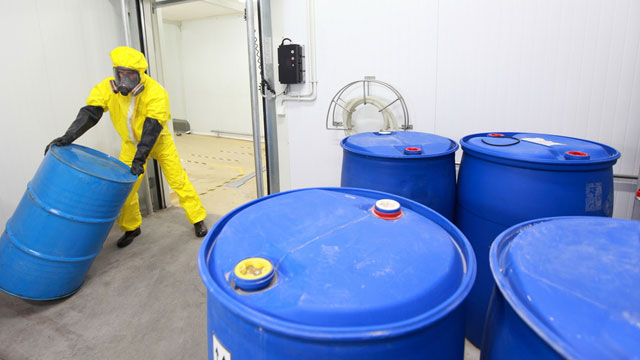Long for the Stars
The future of humanity depends on it.
“If you want to build a ship, don’t drum up people to collect wood and don’t assign them tasks and work, but rather teach them to long for the endless immensity of the sea.” –Antoine de Saint-Exupery
The Universe has been around for a long time: 13.8 billion years, to be precise. As humans, we’re relatively young, and our species has only been around for the last couple of hundred thousand years of it. For nearly all of human history, this is what the night skies have looked like.
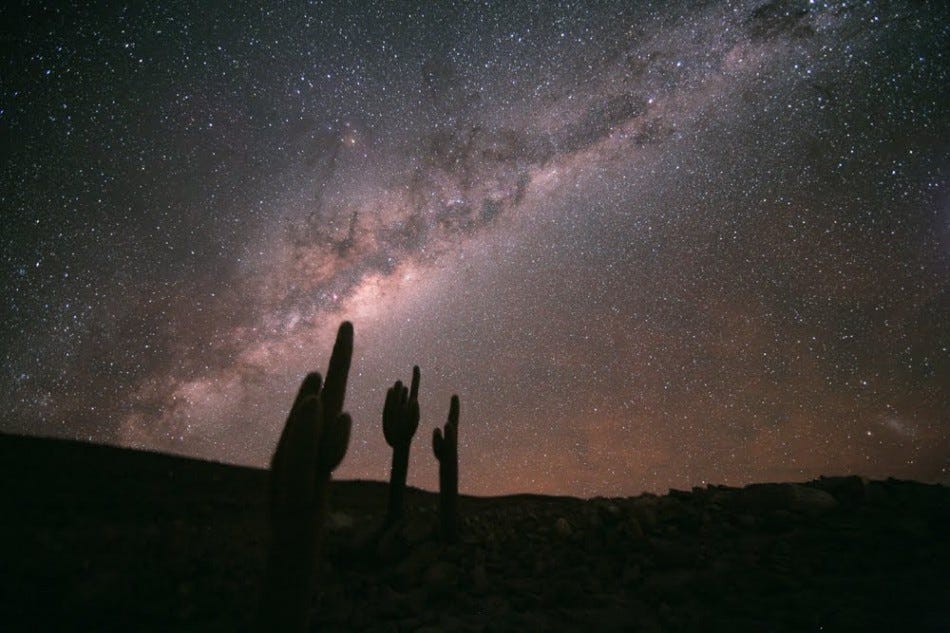
When the Moon isn’t out and you’re in a place that’s completely devoid of light pollution, you can see upwards of 6,000 stars, depending on your vision. (When the Milky Way has set, you can do even better!) And although it may be hard to find skies so pristine and devoid of light pollution today, I want to take you on a journey back through time, some 15,000 years ago, when these were the skies we’d have every night.
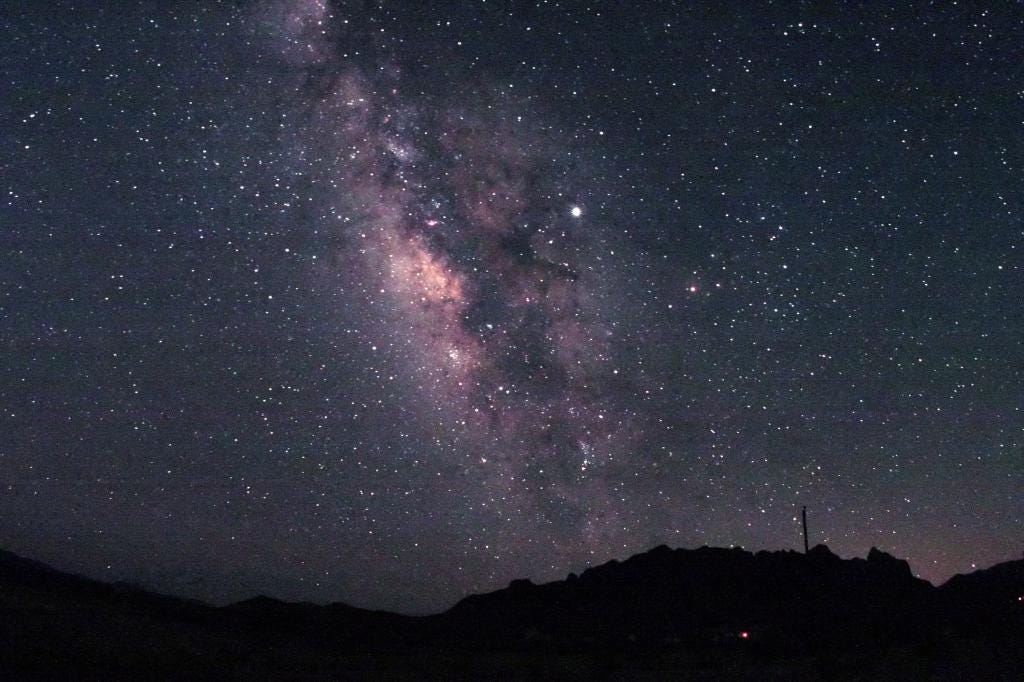
15,000 years ago, we had no idea what these lights in the night sky were.
We had no idea about a lot of things that we take for granted today, including agriculture (which didn’t yet exist), the wheel (which hadn’t been invented), metal-working (all our tools were still made of stone), wine-making (which wouldn’t happen for another six-thousand years), or even a written language!
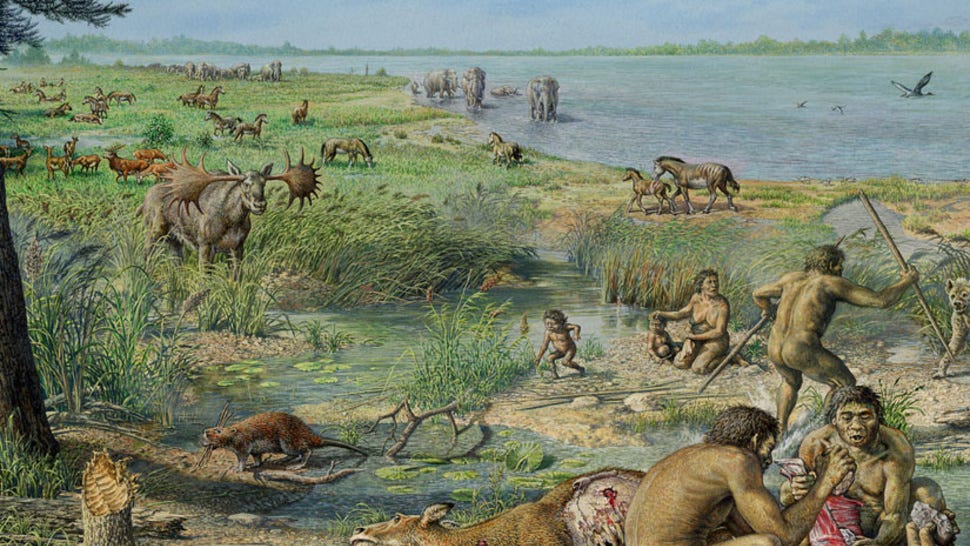
We had fire, we had stone tools, we had primitive art… and we had the skies. With the exception of a slight change in position and brightness of a few of them, the skies are still very much the same today.

Yes, our technology and our understanding have come an incredible way since the end of the last Ice Age, and — speaking for myself — I think our life expectancy, quality of life, and knowledge of the Universe around us is something that would be unimaginable to people living just a few hundred generations ago.
And if we go to a place where all the lights are turned out at night, there’s even more to marvel at. There are thousands of man-made satellites up there, and even a few human beings on board one of them! With each passing day, we’re learning a little bit more about the Universe we live in just by looking, and asking it questions about itself.

Sometimes we’re surprised, and sometimes our best working theories are merely confirmed. Last year, for example, one of the science missions aboard the ISS, the Alpha Magnetic Spectrometer, had its science team release an unsubstantiated claim about the discovery of dark matter, which now (unsurprisingly) looks to be untrue. It’s a big, expensive mission, to the tune of some $2 billion, and perhaps they felt they needed a grandiose claim to justify the money that was spent on it.
But I strongly disagree. Science is a process, and we don’t know what we’re going to find until (and unless) we look. Sometimes we find things that are puzzling, sometimes we find exactly what was expected, and sometimes we don’t know why we’re seeing what we’re seeing.
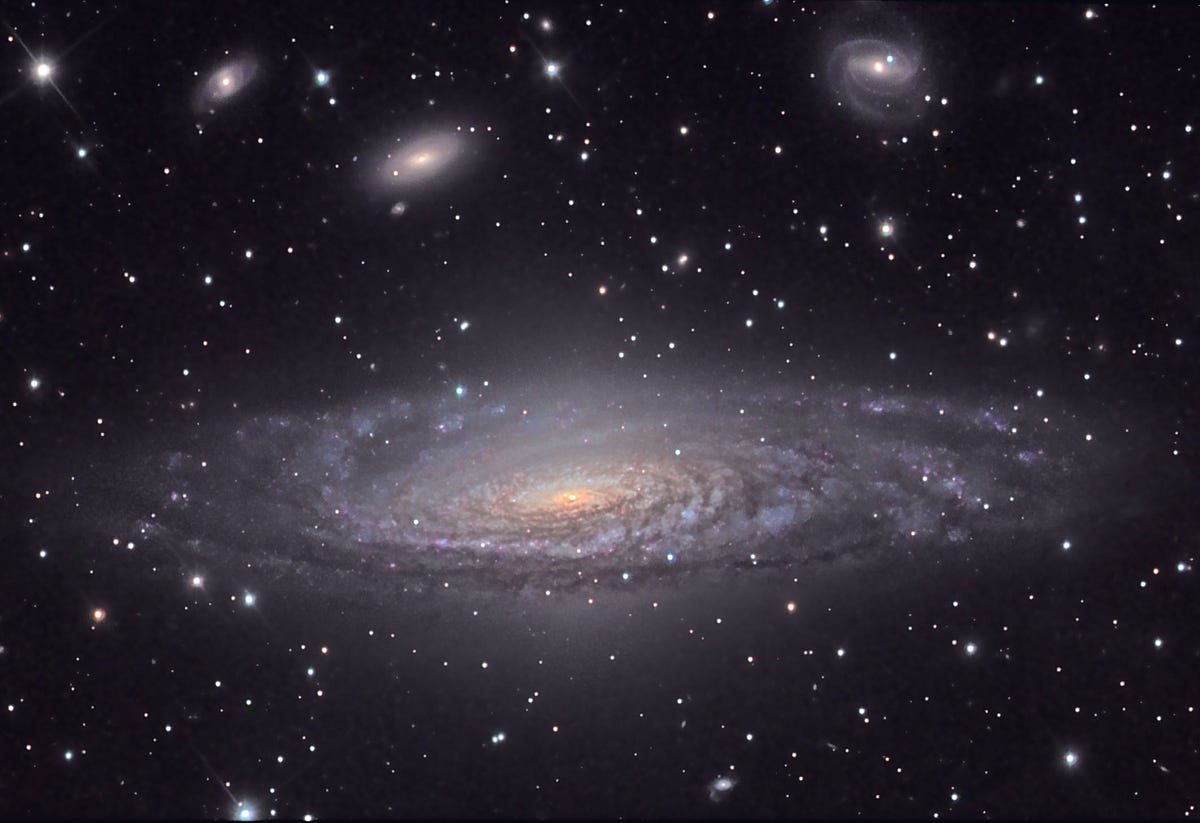
But I also know that science is how the world moves forward, and how we enjoy the existence we do today that would be unfathomable to humans from 15,000 years ago. In fact, even just 100 years ago, we thought that the entire Universe was contained in our own Milky Way galaxy, had practically no knowledge of the quantum world or of general relativity, had no televisions, cellphones, or electronic computers. We didn’t even know something as simple as how the Sun worked.
And yet, here we are, in the 21st Century, where we have practically unlimited access to all of human knowledge.
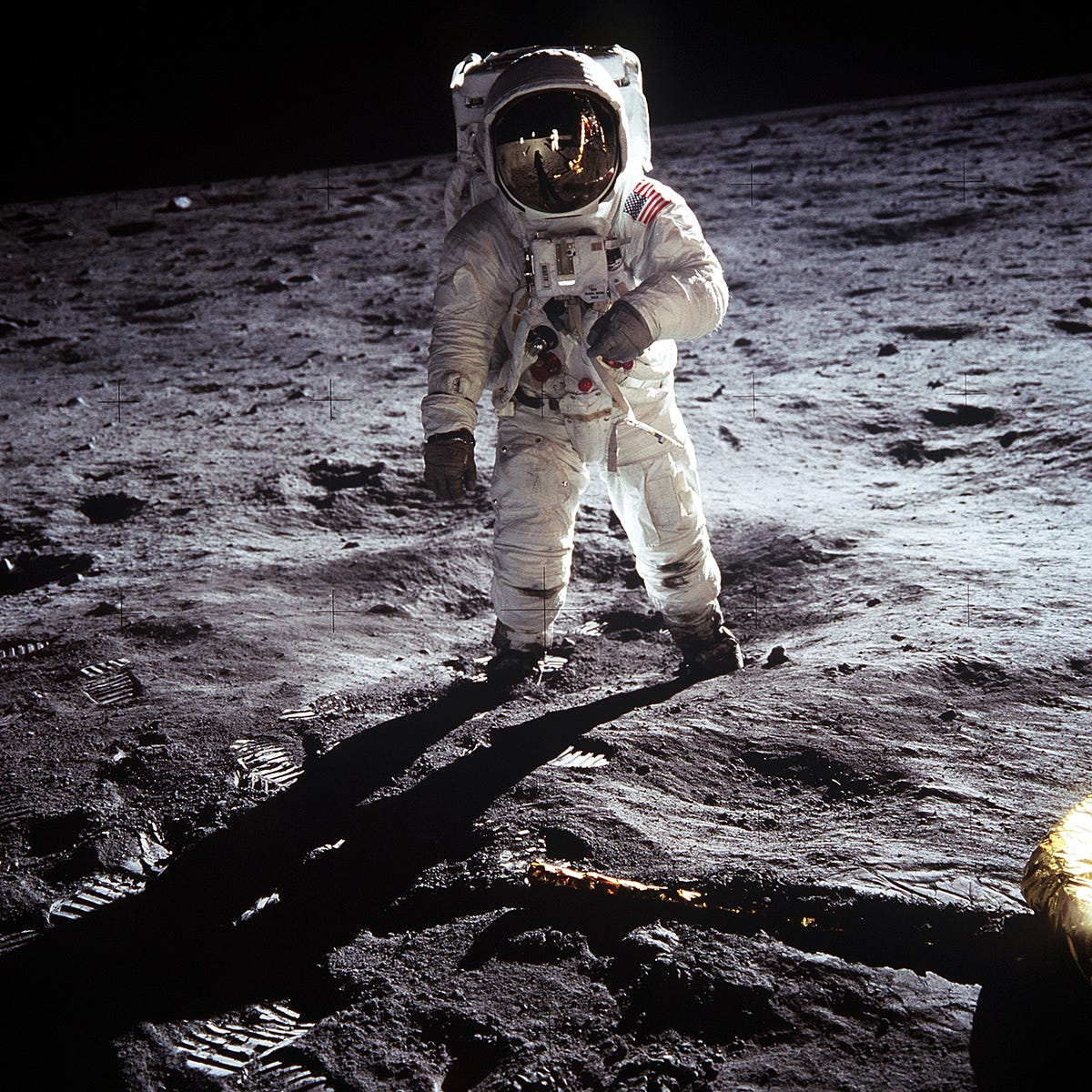
But with just a few brief exceptions, we haven’t even begun to explore the cosmic ocean in the heavens above.
Think back 15,000 years, to what it must’ve been like on Earth back then as a human being. Your tools built out of wood and stone, your life being dependent on the struggle for food, shelter and warmth, no defense against or understanding of disease, your clothes and blankets made from plants and animals, and the ability to start (and control) a fire frequently making the difference between life and death.
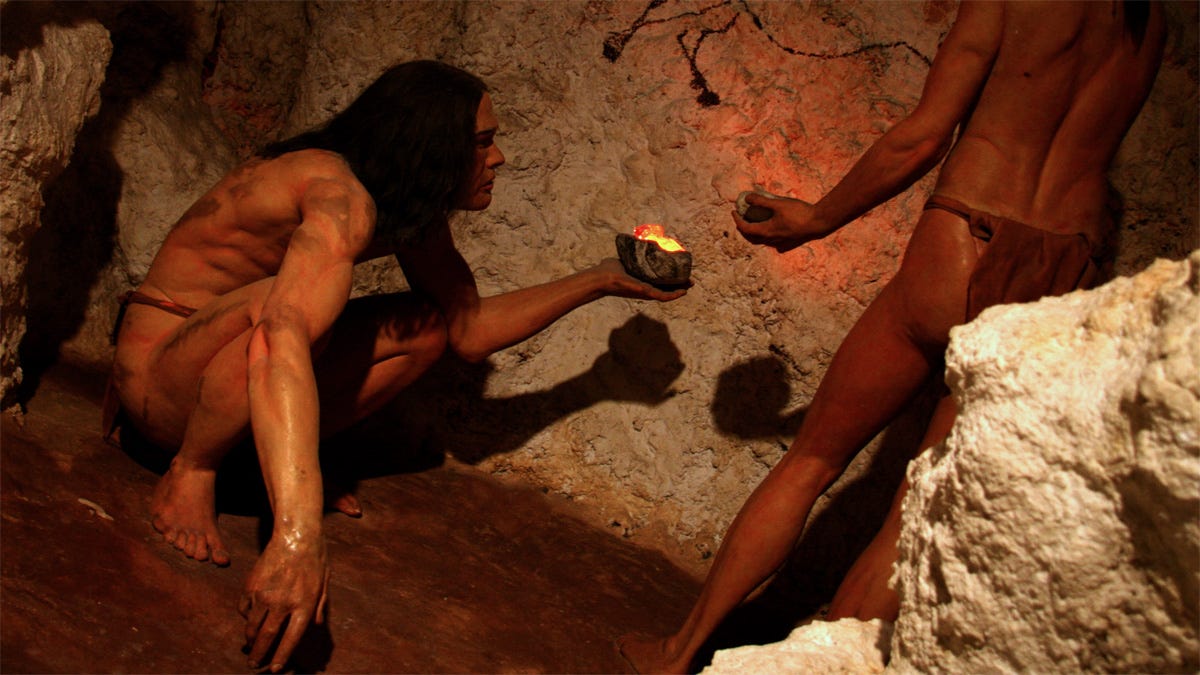
We’ve come a long way, haven’t we? It would be an incredible challenge to even begin to describe modern life to a human from that time.
Now, dream a little farther. What, can you imagine, if everything goes right for humanity, do you think life will be like 15,000 years from now?
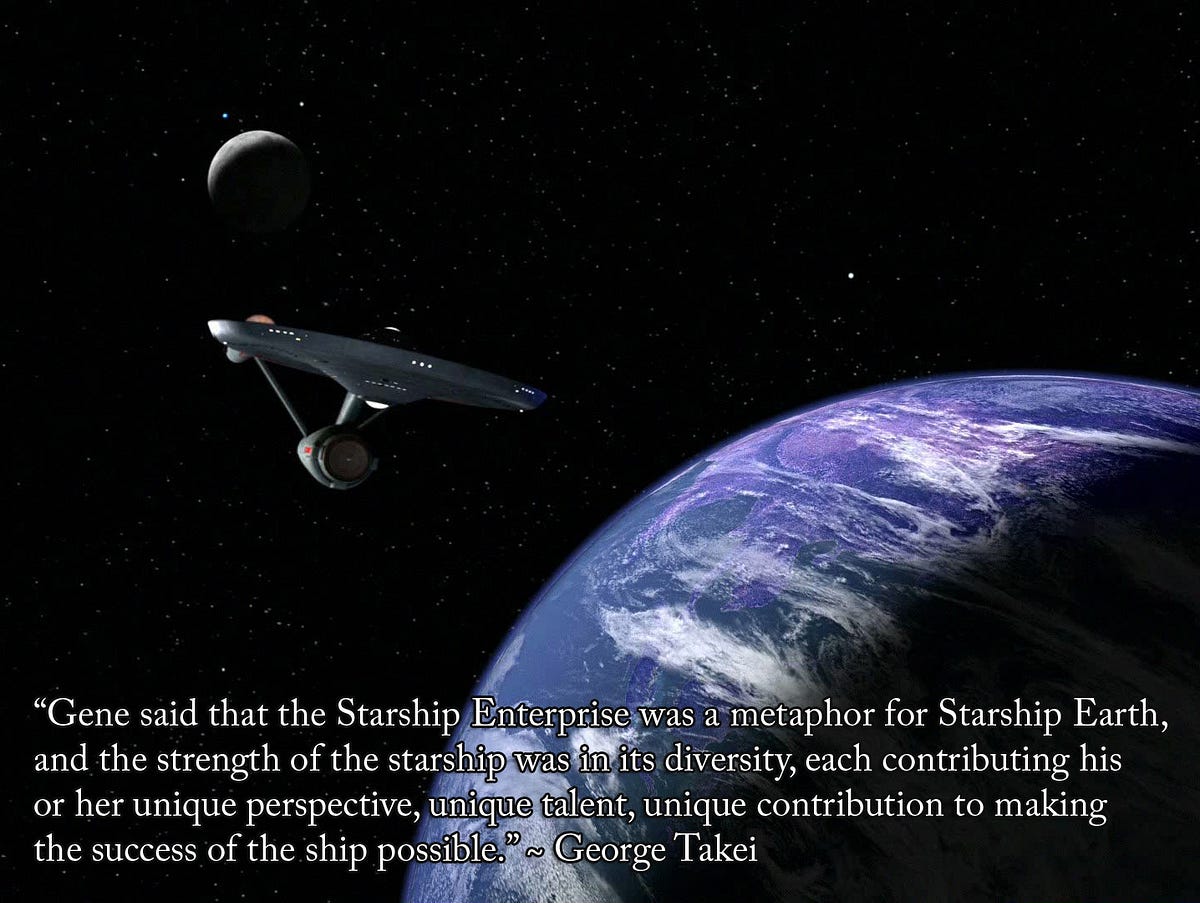
The Earth will still be here, with continents and oceans, teeming with life. This is true, pretty much, regardless of what we do to it.
But where will we be? Will we be living in a technocratic, sustainable utopia? Will we have solved our environmental and energy problems? Will everyone on Earth live in luxury unfathomable to us, the way the majority of us live now compared to an ancient, Stone Age king? Will we have colonized other worlds and begun spreading terrestrial life throughout the galaxy, or will we have found other life — maybe even intelligent life — that already happens to be out there?

I think we will. I see the challenges we face today as evidence of how quickly we’re moving forward, and even though there are many who refuse to admit to or recognize the problems we have today, science does not waver in the face of political pressures; it simply tells the truth. And I think we’re smart enough to recognize that this is our way forward; it’s always been our way forward and will continue to be.
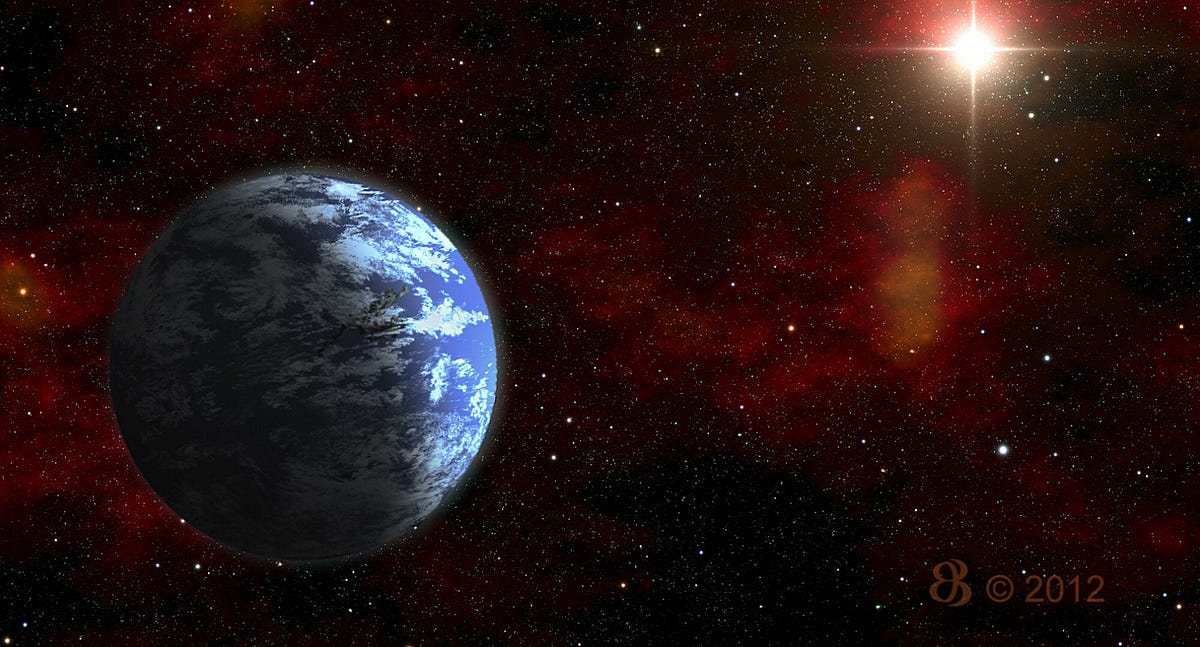
These are not only my dreams, these are — in many ways — the dreams of the entire human race; the dreams of all of our ancestors. To have a life for modern humanity’s descendants that’s superior to our own in every way, one that we helped bring about.
That’s the promise of science. That’s what we’ve accomplished so far through our long-term investment in ourselves.
And all of that has come on a shoestring budget, where something like a total of maybe 1% of our resources are invested with a view towards this future.

But every star I see or learn about is a new source of hope to me. It’s a new chance that the Universe has for life, intelligence, and the future of all we know. There are hundreds of billions of stars in our galaxy, with at least hundreds of billions of galaxies lighting up our Universe.
And I can’t help but imagine how quickly we could get there — to see it all, to know as much as we can — if we pushed all our other problems aside, the mundane ones that history will forget (fame, wars, power, politics), and just invested in this as our goal. If we took all that we invested in the military — 26% of the US government’s budget — and invested that in science instead, could we accomplish as much as we might in the next 15,000 years in just a few human lifetimes?
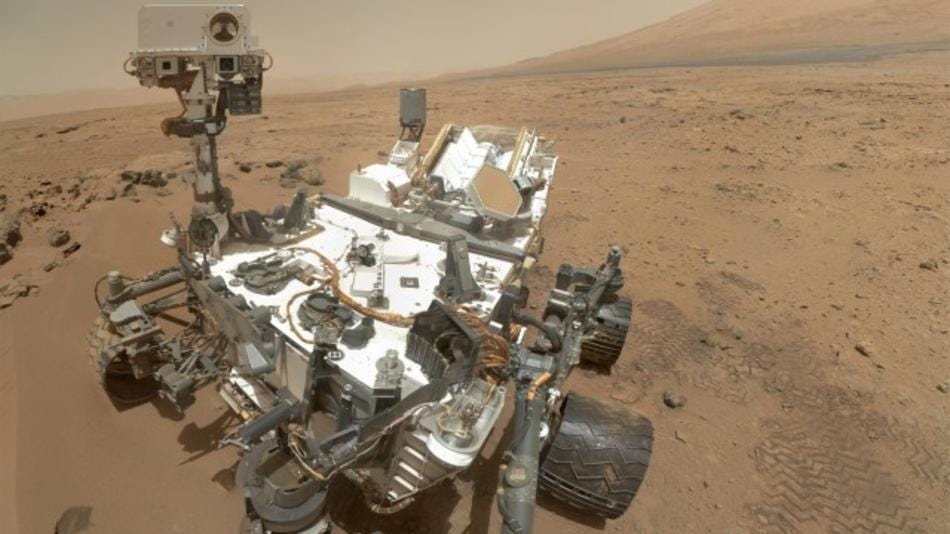
Instead of rovers on Mars, we might have cities on Mars. Instead of longing for the stars, we might be discovering them. Instead of searching for habitable exoplanets, we could be trying to colonize them. And instead of wondering about extraterrestrial life, we could be making contact with it.
But we’re not ready for that just yet.

First, we need to long for the stars.
An earlier version of this post originally appeared on the old Starts With A Bang blog at Scienceblogs.





